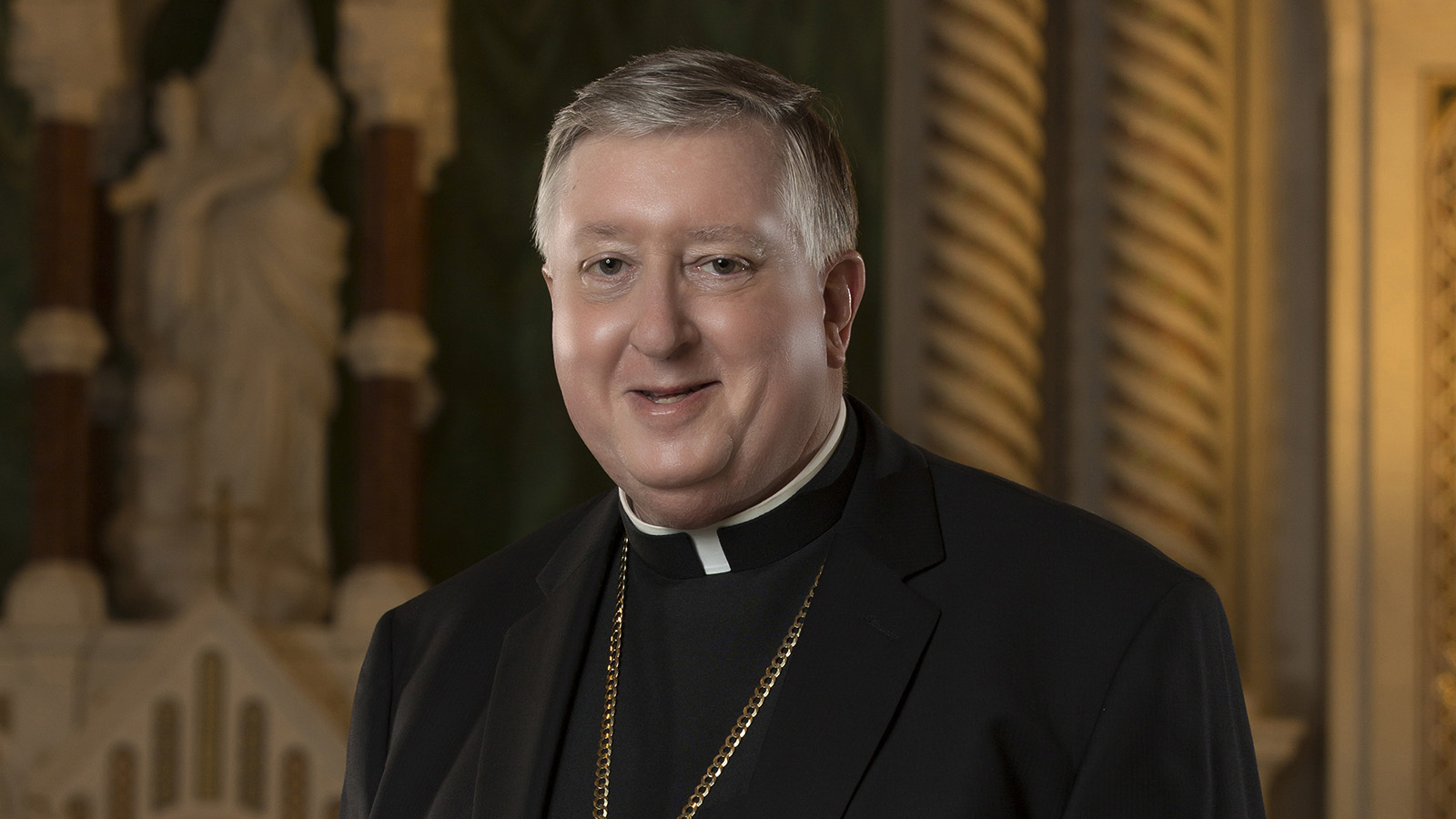DEAR FATHER | Different Bible editions reflect theological understandings of Christianity
Why are there so many different Bibles?

The easy answer to this question can be found in Genesis 11:1-9 — if it were not for the arrogance of our ancestors in building a tower to rival God, we may still speak only one language! Yet now we find ourselves in a fallen world, which includes the complexities of the ever-changing evolution of languages, so why do we have so many translations?
Most of the Old Testament was originally written in Hebrew, with small portions in Greek, while the New Testament was written in Greek. As the Roman Empire rose in prominence, Latin became the common language, the “lingua vulgata.” There were piecemeal translations of the Greek and Hebrew texts until St. Jerome (died in 420 A.D.) retranslated the entire Bible into Latin, which came to be known as The Vulgate. This edition was used for the majority of our Church’s history, from the fifth to the 16th centuries, at which time modern languages began to become more prominent. At this time, the printing press was developed and Martin Luther broke with the Church of Rome in the name of “sola fide” and “sola scriptura,” which lead to many new translations of the Scriptures.
In 1525, William Tyndale, a Protestant reformer, made the first English translation of the Bible, called the King James Bible. In 1609, the Church offered her own English translation in the Douay‐Rheims Bible. Whenever a person is translating a text, they must choose among a variety of synonyms to best capture the meaning of the original language, and the word that the translator choses necessarily reflects that translators understanding of the deeper meaning of the text. For this reason, you continue to see “Catholic Edition” Bibles to this day. There are passages whose original Greek or Hebrew meaning can be translated in a variety of ways that reflect different theological understandings of the historic faith of Christianity, handed down by the Catholic Church, and various non-Catholic theological understandings.
The good news is that in recent decades biblical scholarship has greatly developed, which has brought most translations closer together. Nevertheless, a substantial difference remains as the Catholic Church continues to affirm the seven deutero-Canonical (“apocrypha”) texts, which Martin Luther removed from the non-Catholic canon of Scripture. I also need hardly mention that there is also money in publishing, so it is unlikely that publishers will willingly discontinue their translation that keeps selling! The two translations approved by the United States Conference Of Catholic Bishops are the New American Bible: Revised Edition (which we use at Mass), and the Revised Standard Version: Catholic Edition (which is a bit more scholarly and literal in its translation).
Father Archer is associate pastor of St. Peter Parish in Kirkwood.
The easy answer to this question can be found in Genesis 11:1-9 — if it were not for the arrogance of our ancestors in building a tower to rival God, … DEAR FATHER | Different Bible editions reflect theological understandings of Christianity
Subscribe to Read All St. Louis Review Stories
All readers receive 5 stories to read free per month. After that, readers will need to be logged in.
If you are currently receive the St. Louis Review at your home or office, please send your name and address (and subscriber id if you know it) to subscriptions@stlouisreview.com to get your login information.
If you are not currently a subscriber to the St. Louis Review, please contact subscriptions@stlouisreview.com for information on how to subscribe.



